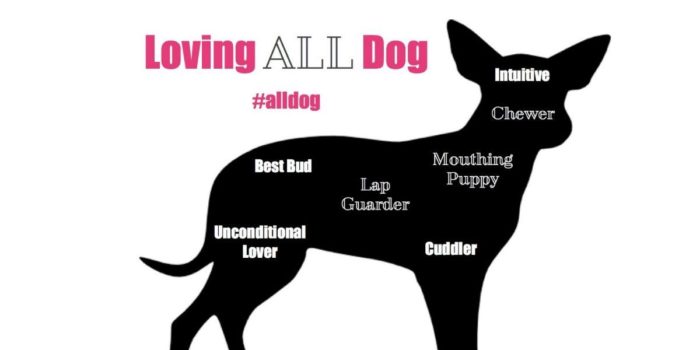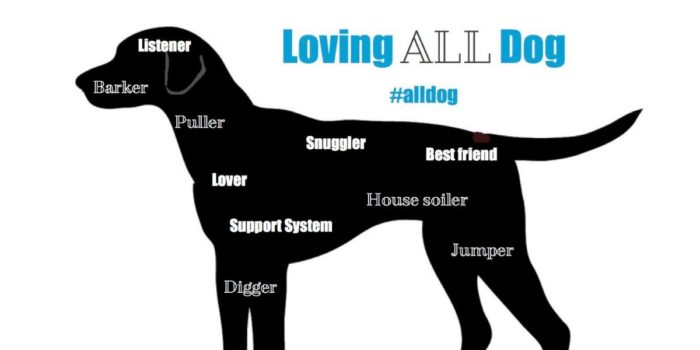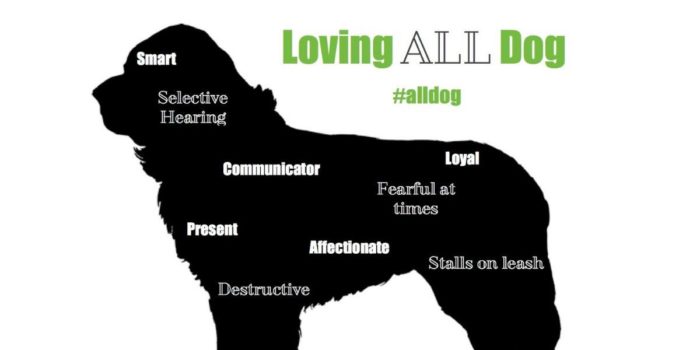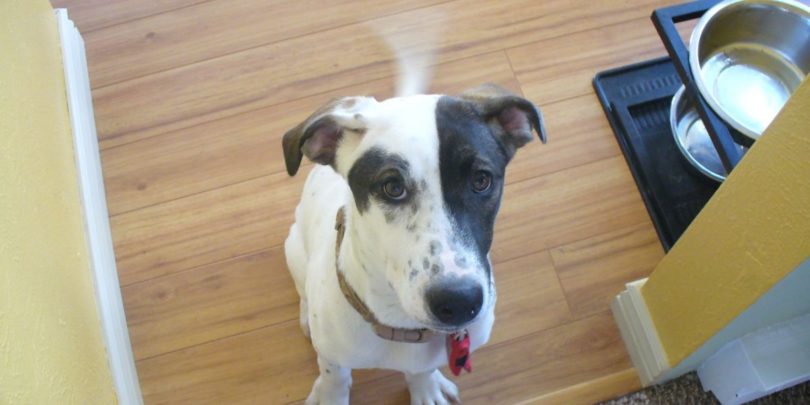The other day I was at a yoga class in down dog position. Fitting, right?! We had just finished a grueling sequence and I noticed my body start to fatigue. Despite the internal judgement of self and fear of being vulnerable, I decided to go into child’s pose to relax and give my body a rest. As I knelt into the pose, I heard the teacher invite others to do the same. She said, “If you decide to go into child’s pose, it does not become your identity. You are not a slacker. You are not lazy. And you are definitely not a child’s poser. Your body is tired and you need a rest.”
Mind blown!
I loved what she said and from the sound of the class giggling, so did others. The teacher gave us permission to relax, permission to be vulnerable. With that permission, I felt better about going into child’s pose. Then I though to myself, what if I gave myself that permission to be vulnerable? What if I decided that my identity was not based on single moments or individual parts of myself? What if I could embrace ALL of me, the good and the “not so good” parts?
Later that night I took Sully for a walk on leash. We came across a few dogs and his body got tense. It was dark out, which seemed to increase his anxiety. As we got closer to the dogs, he started to bark and lunge. I quickly jogged past the other dogs while playing “Find it” (tossing treats on the ground to divert his attention). Once the dogs were far enough away, Sully was able to settle down and check in with me.
There are parts of Sully that can be reactive to his environment; however, that does not become his whole identity.
Unfortunately, there was a time where I explained him that way. For example, I would say “I have a large, black lab mix that reacts to other dogs when on leash.” I was labeling him. And the more I labeled him, the more he lived into this way of being, consciously or subconsciously – I’ll never know.
So on that walk after that

Your Turn – Exercise #1
Start noticing. For one week, look at:
- What you say about your dog to friends and family.
- What you think about your dog, especially when he/she engages in behaviors you do not find pleasant.
- What you say to your dog during your interactions.
Write them all down. For example:
- I might say to my friends that I am tired of Sully ALWAYS reacting to dogs on leash.
- I might think that Sully NEVER shows up the way I want him to.
- I might ask him “Why are you ALWAYS so stressed out by other dogs?”
Reality check.
Notice that my examples use superlative language! Whoa – is Sully ALWAYS reactive? Does he NEVER show up the way I want him to? What about when we lie in bed cuddling? Or when we go hiking together? Or when we play games? Do these scenarios NOT matter?
Extreme language can really influence the way we feel about a situation which ultimately changes OUR behavior whether we know it or not. Look at the list you made regarding the things you say and think about your dog and do a reality check. Are they accurate?
For example:
- I might say to my friends that I am tired of Sully ALWAYS reacting to dogs on leash – This is not always true, unless the other dog is too close to him.
- I might think that Sully NEVER shows up the way I want him to – There are some times that he shows up the way I would like him to.
- I might say “Why are you ALWAYS so stressed out by other dogs?” – There are many times when Sully plays well with other dogs on and off leash.
Being fair in my thoughts and words in regards to Sully’s behavior is key to compassionate communication with my dog.
Your Turn – Exercise #2
Now, spend a few minutes playing with your dog or choose your favorite activity you both love to share. After you’re done, take out a piece of paper and write down all the reasons why you love your dog. Make the list as long as you want……the more items, the better.
For example:
He’s playful, smart, outgoing, goofy and tenacious.
Save it!

The Two Lists
Pull out the two lists you created in exercise one and two. 1) The list of “negative” comments about your dog and 2) The list of positive comments about your dog.
From these lists create a brief description encompassing ALL parts of your dog. The description should be loving and honest. Take some time with this exercise.
For example:
- Sully is a loving dog, always there for me. His soulful eyes let me know he is present during our interactions. There are certain things in his environment that cause him to become concerned; however, he and I handle it the best way we can. He makes me laugh with his goofy expressions and playful energy.
Notice how I listed BOTH his strengths and his weaknesses, since my goal is to accept ALL parts of him. I am not labeling one part of him, good and the other parts of him bad. I am embracing him as he is, which ultimately creates deep compassion within our relationship. We can grow as a team from this place. This exercise is also a great way for me to practice doing this for myself and others.
Speak up.
Keep the description with you at all times and practice talking about your dog with friends and family. Language shifts perspective which ultimately shifts behavior in both YOU and your DOG. How do you want to communicate?
Loving All Dog, ultimately leads to Loving All Self.


